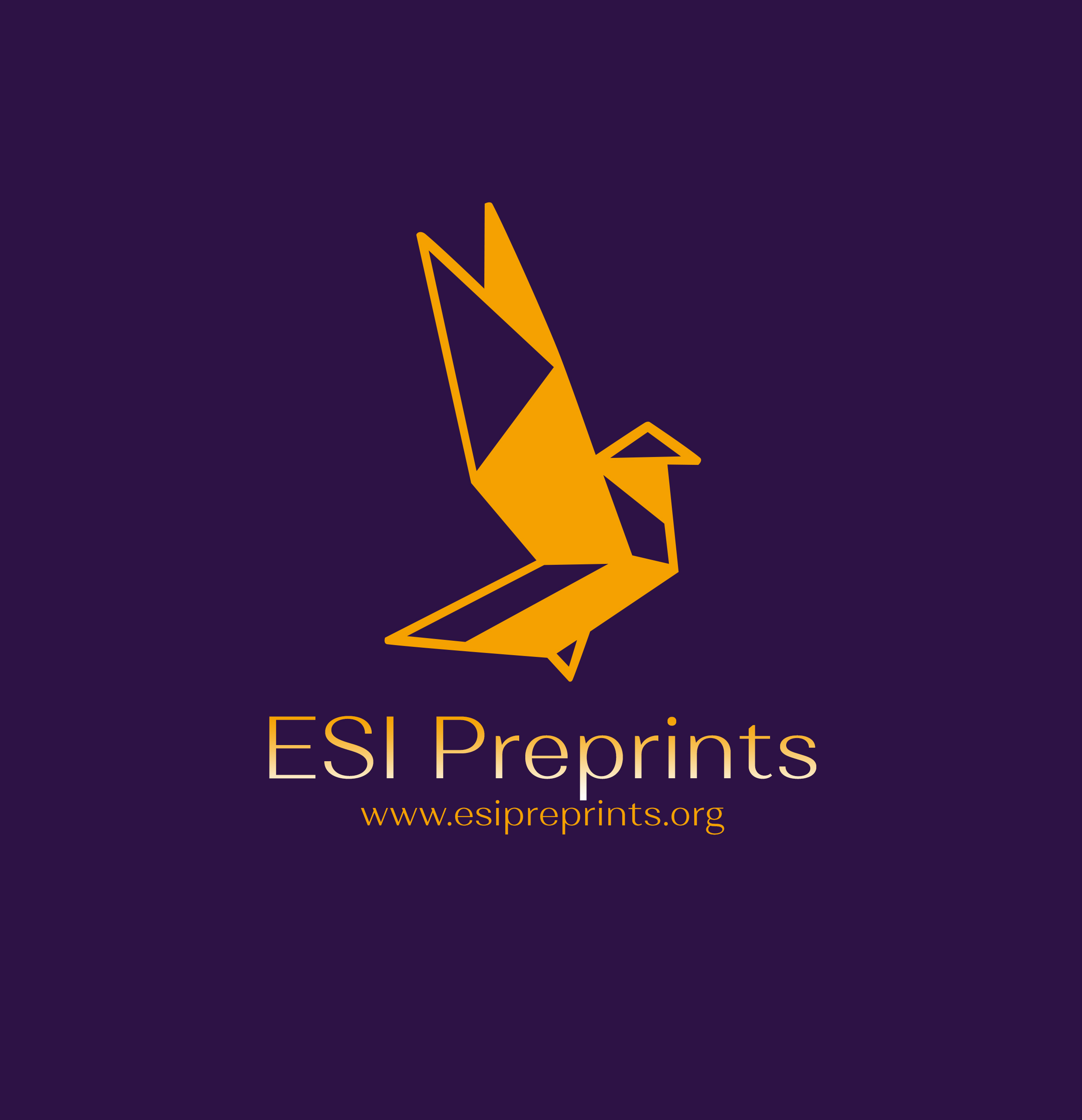Correlation of OPG/RANKL in Patients with Thalassemia Major in the Center of Haemoglobinopathy Lushnje, Albania
Abstract
Osteoporosis is an important cause of morbidity in hemoglobinopathy patients. It is characterized by low bone mass and disruption of bone architecture, resulting in reduced bone strength and increased risk of fractures. Osteoprotegerin (OPG) and receptor activator of NF-kappa-B ligand (RANKL) have been recently implicated in the pathogenesis of various types of osteoporosis. The aim of our study was to determine if there was any correlation between OPG/RANKL and the patients affected by thalassemia major in the Center of Haemoglobinopathy in Lushnje. Methods: We measured in 70 patients with Thalassemia major and in 67 healthy control serum OPG and RANKL levels and determined correlations with BMD. We measured T-score and BMD too. Results: 31.1% of our patients with Thalassemia major had osteoporosis and 21.6 % had osteopenia. We found a correlation between OPG-BMD (r=-0.768, p=0.000 and RANKL-BMD (r=0.468; p=0.000). OPG-T-score (r=0.729. p=0.000) and Rankl-T-score r=-0.409; p=0.000). Conclusion: OPG and RANKL in Thalassemia major patients should be consider as a main factor responsible for osteoclast activation.
Downloads
Metrics
References
2. S. H. Oğuz et al., “Endocrine Disorders in Adult Beta-Thalassemia Patients: Insights from a Long-Term Follow-Up,” Endocrinology Research and Practice, vol. 27, no. 4, 2023, doi: 10.5152/erp.2023.23340.
3. K. Tari, P. Valizadeh Ardalan, M. Abbaszadehdibavar, A. Atashi, A. Jalili, and M. Gheidishahran, “Thalassemia an update: molecular basis, clinical features and treatment,” International Journal of Biomedicine and Public Health, vol. 1, no. 1, 2018, doi: 10.22631/ijbmph.2018.56102.
4. M. M. Schündeln et al., “Impairment of bone health in pediatric patients with hemolytic anemia,” PLoS One, vol. 9, no. 10, 2014, doi: 10.1371/journal.pone.0108400
5. U. Yu et al., “Evaluation of the vitamin D and biomedical statuses of young children with β-thalassemia major at a single center in southern China,” BMC Pediatr, vol. 19, no. 1, p. 375, Dec. 2019, doi: 10.1186/s12887-019-1744-8.
6. S. Koohmanaee et al., “The probability of indicating Osteoprotegrin as a biomarker for osteoporosis in patient with thalassemia major,” Iran J Ped Hematol Oncol, vol. 11, no. 1, 2021, doi: 10.18502/ijpho.v11i1.5002
7. F. Jafari, A. Azarkeivan, D. Bashash, A. A. K. Maboodi, and M. Hamidpour, “Correlation between serum levels of RANKL with osteoporosis in patients with beta thalassemia major,” Koomesh, vol. 21, no. 1, 2019
8. N. AbdAllah et al., “The roles of osteoprotegerin and rankl in pathogenesis of osteoporosis in Egyptian beta thalassemia major patients,” J Appl Sci Res, vol. 6, no. 8, 2010.
9. Tombak, B. Boztepe, S. Akbayir, G. Dogru, and M. A. Sungur, “Receptor Activator of Nuclear Factor κ-Β Ligand/Osteoprotegerin Axis in Adults with Hb S/β-Thalassemia and β-Thalassemia Trait,” Hemoglobin, vol. 44, no. 5, 2020, doi: 10.1080/03630269.2020.1811116.
10. N. Tsartsalis et al., “Bone Metabolism Markers in Thalassemia Major-Induced Osteoporosis: Results from a Cross-Sectional Observational Study,” Curr Mol Med, vol. 19, no. 5, 2019, doi: 10.2174/1566524019666190314114447.
11. M. Hamidpour, F. Jafari, M. Mehrpouri, A. Azarkyvan, D. Bashash, and A. A. K. Maboudi, “Evaluation of relationship between biochemical parameters and osteoporosis in patients with β-thalassemia major,” Iran J Ped Hematol Oncol, vol. 12, no. 1, 2022, doi: 10.18502/ijpho.v12i1.8360.
12. C. Pietrapertosa, G. Minenna, S. M. Colella, T. M. Santeramo, I. R. Renni, and M. D’Amore, “Osteoprotegerin and RANKL in the pathogenesis of osteoporosis in patients with thalassaemia major,” Panminerva Med, vol. 51, no. 1, 2009
13. Youssry et al., “Bone health in pediatric transfusion-dependent beta-thalassemia: Circulating osteoprotegerin and RANKL system,” Pediatr Blood Cancer, vol. 69, no. 1, 2022, doi: 10.1002/pbc.29377
14. T. Çelik, Ö. Sangün, Ş. Ünal, A. Balcı, and S. Motor, “Assessment of biochemical bone markers of osteoporosis in children with thalassemia major,” Ital J Pediatr, vol. 48, no. 1, Dec. 2022, doi: 10.1186/s13052-022-01290-x
15. O. E. Amer et al., “Associations of Bone Mineral Density with RANKL and Osteoprotegerin in Arab Postmenopausal Women: A Cross-Sectional Study,” Medicina (Lithuania), vol. 58, no. 8, Aug. 2022, doi: 10.3390/medicina58080976
16. N. Morabito et al., “Osteoprotegerin and RANKL in the pathogenesis of thalassemia-induced osteoporosis: New pieces of the puzzle,” Journal of Bone and Mineral Research, vol. 19, no. 5, 2004, doi: 10.1359/JBMR.040113
17. D. Farmakis et al., “2021 Thalassaemia International Federation Guidelines for the Management of Transfusion-dependent Thalassemia,” Hemasphere, vol. 6, no. 8, Aug. 2022, doi: 10.1097/HS9.0000000000000732
18. M. Toumba and N. Skordis, “Osteoporosis Syndrome in Thalassaemia Major: An Overview,” J Osteoporos, vol. 2010, pp. 1–7, 2010, doi: 10.4061/2010/537673
19. Gaudio, N. Morabito, A. Catalano, R. Rapisarda, A. Xourafa, and A. Lasco, “Pathogenesis of thalassemia major-associated osteoporosis: A review with insights from clinical experience,” JCRPE Journal of Clinical Research in Pediatric Endocrinology, vol. 11, no. 2. 2019. doi: 10.4274/jcrpe.galenos.2018.2018.0074
20. Di Paola et al., “Bone Health Impairment in Patients with Hemoglobinopathies: From Biological Bases to New Possible Therapeutic Strategies,” International Journal of Molecular Sciences, vol. 25, no. 5. Multidisciplinary Digital Publishing Institute (MDPI), Mar. 01, 2024. doi: 10.3390/ijms25052902
21. M. H. Chuang, T. L. Chuang, M. Koo, and Y. F. Wang, “Low Hemoglobin Is Associated With Low Bone Mineral Density and High Risk of Bone Fracture in Male Adults: A Retrospective Medical Record Review Study,” Am J Mens Health, vol. 13, no. 3, May 2019, doi: 10.1177/1557988319850378.
22. N. Skordis, E. Efstathiou, A. Kyriakou, and M. Toumba, “Hormonal dysregulation and bones in Thalassaemia - An overview,” Pediatric Endocrinology Reviews, vol. 6, no. SUPPL. 1. 2008
23. Rogers A, Eastell R. Circulating osteoprotegerin and receptor activator for nuclear factor kappaB ligand: clinical utility in metabolic bone disease assessment. J Clin Endocrinol Metab. 2005 Nov;90(11):6323-31. doi: 10.1210/jc.2005-0794. Epub 2005 Aug 16. PMID: 16105967.
Copyright (c) 2024 Jorida Zoga, Majlinda Kallco, Etleva Refatllari

This work is licensed under a Creative Commons Attribution 4.0 International License.








